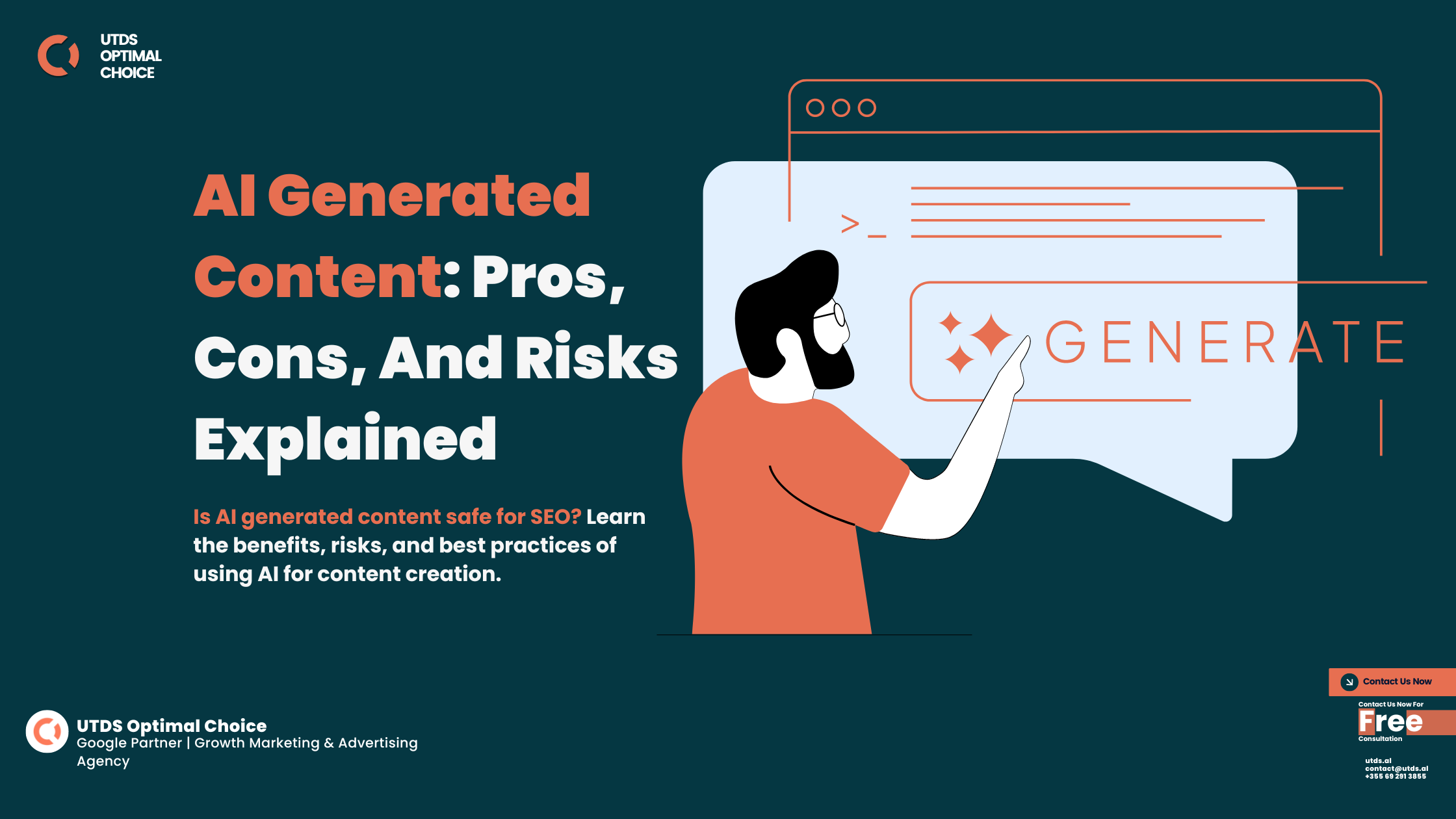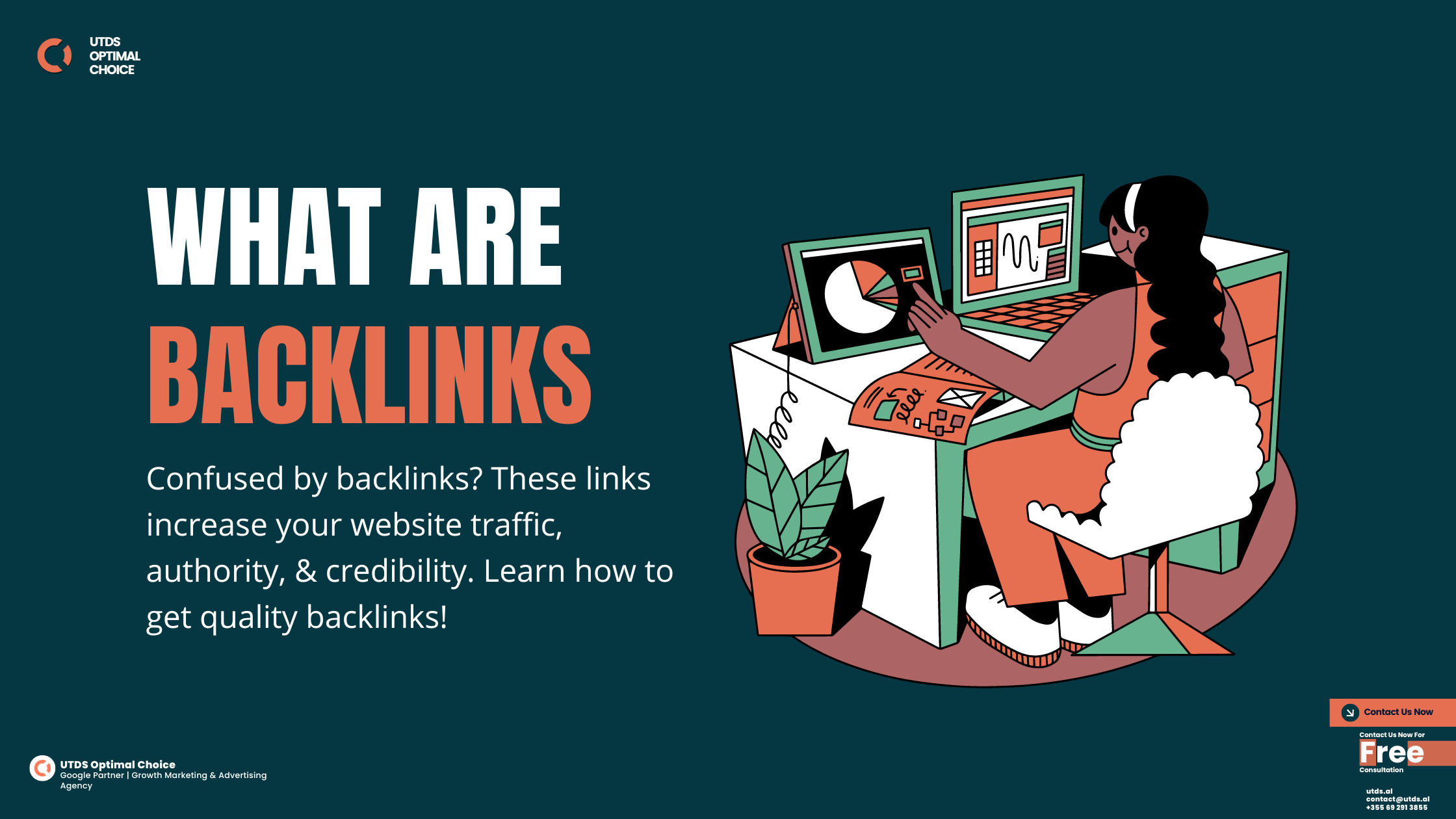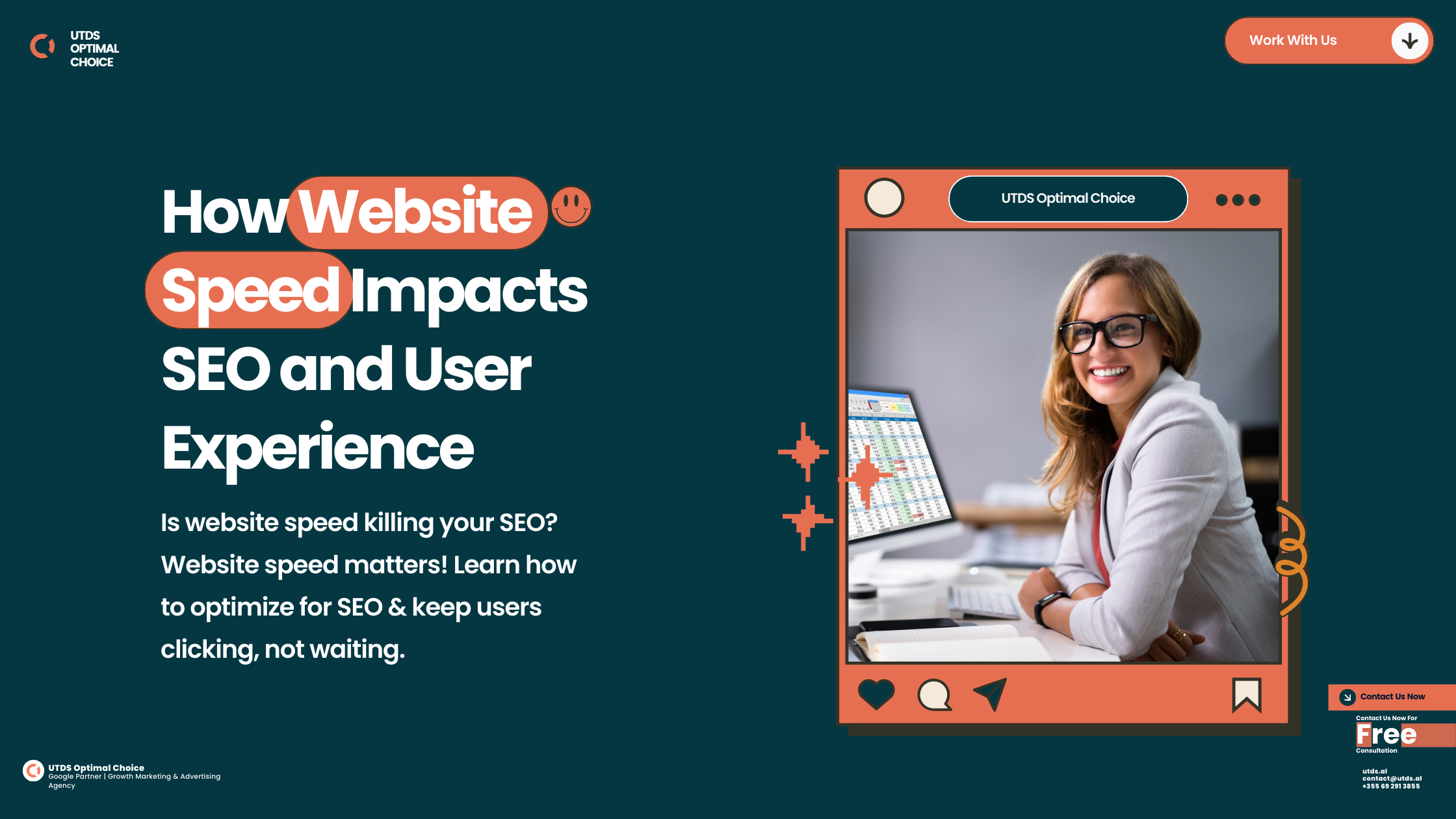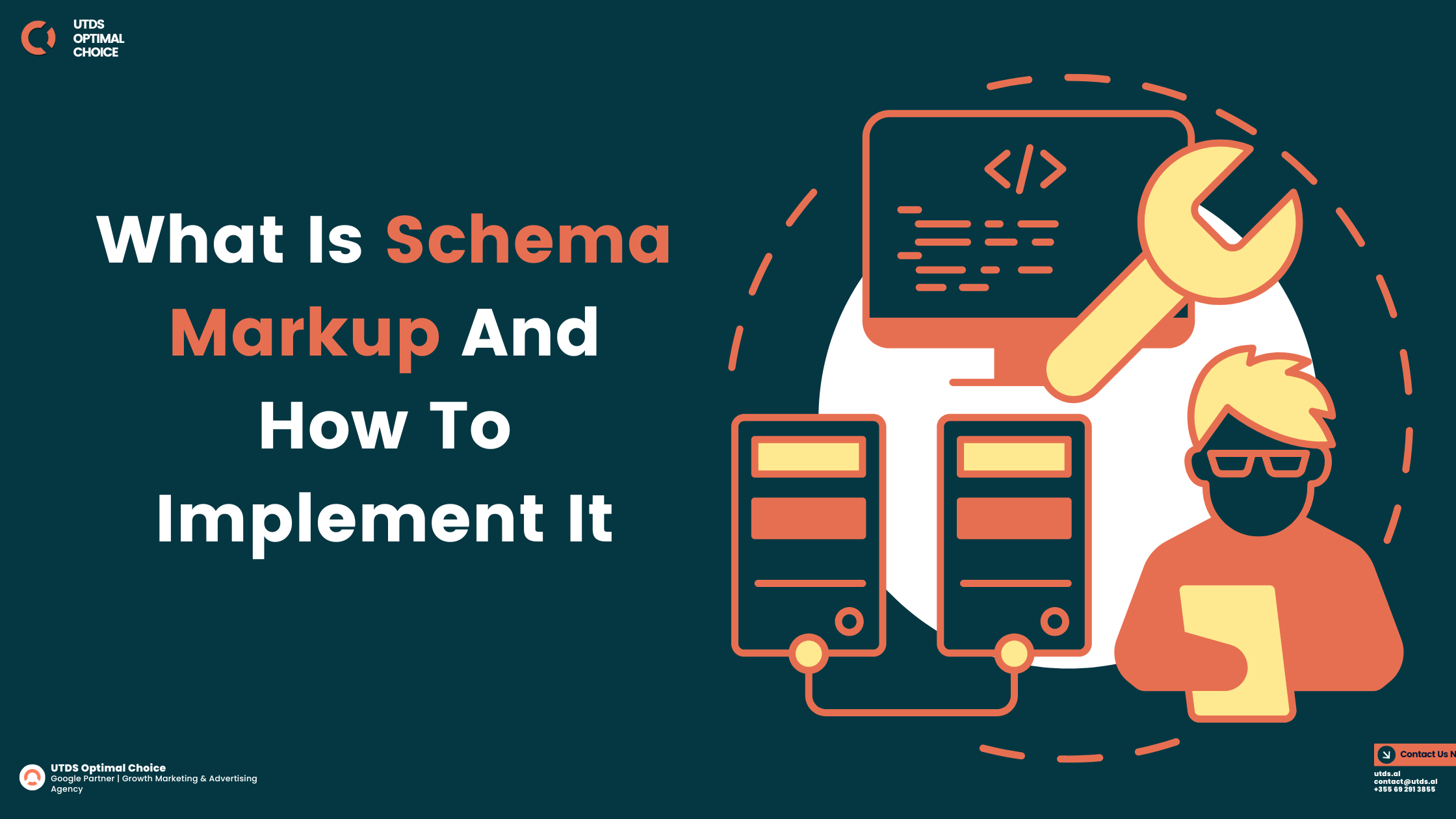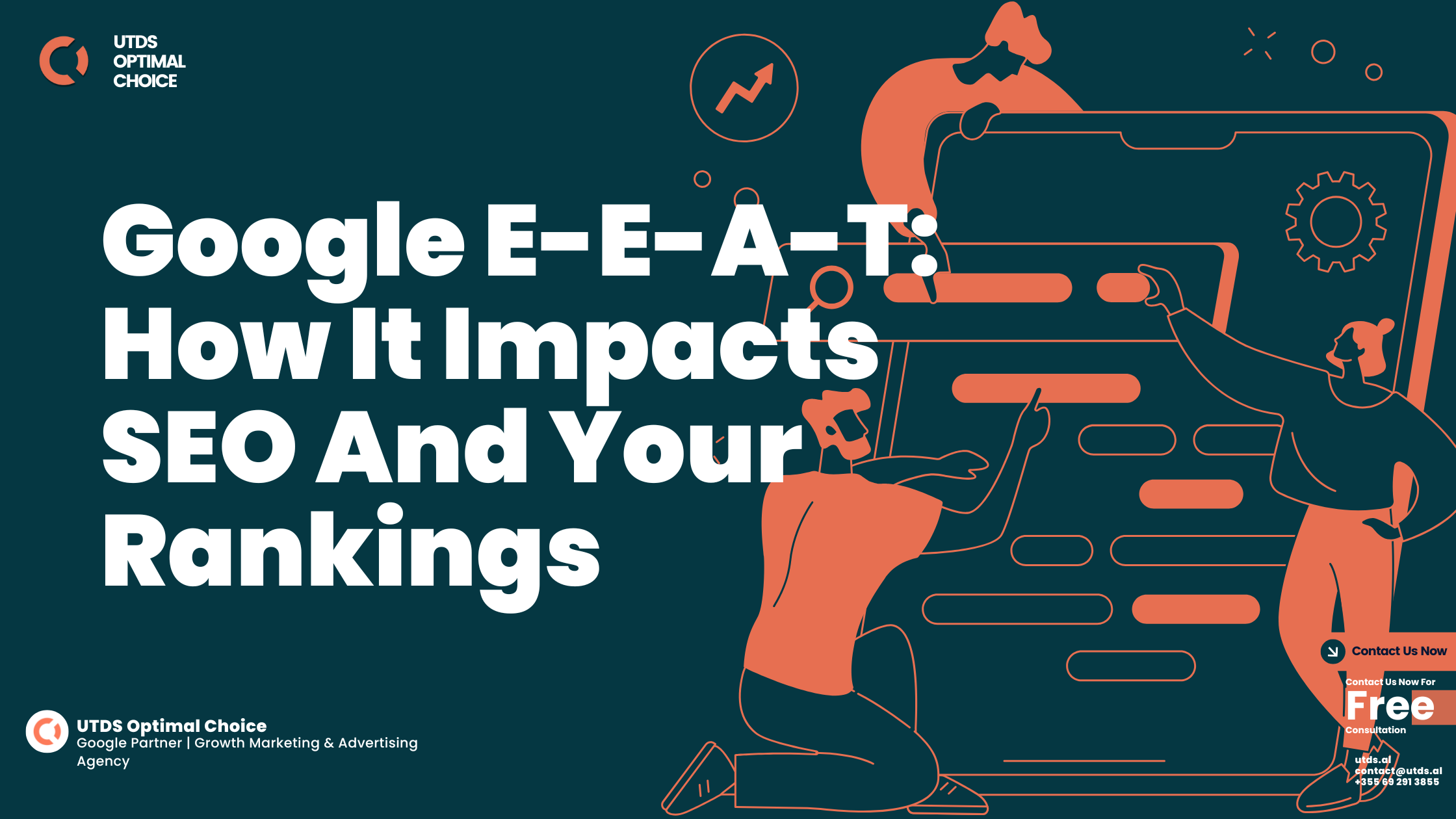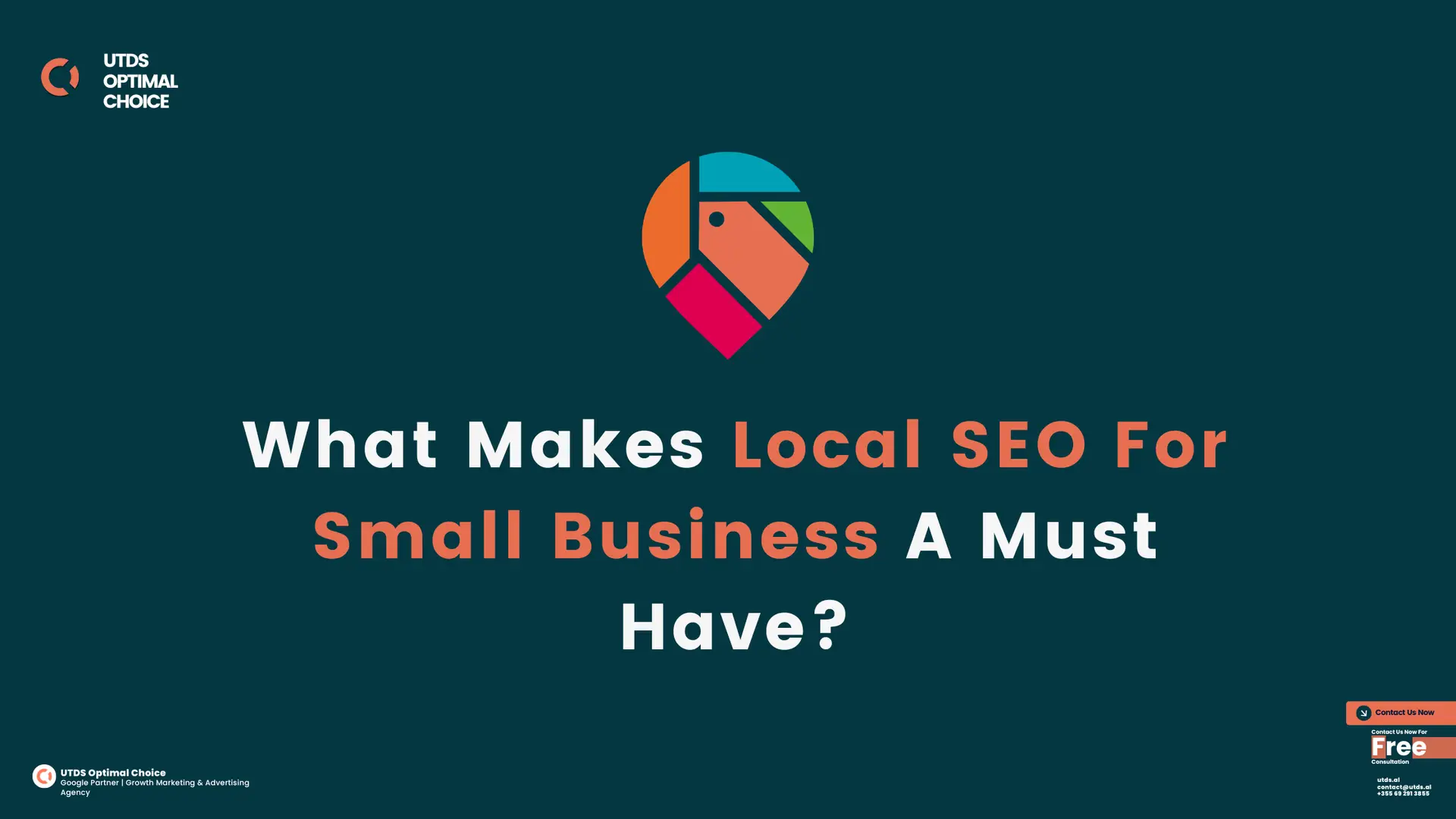Have you noticed a sudden drop in your website’s rankings and organic traffic lately? You’re not alone. April 2024 Google Core Update has reshaped the search engine optimisation (SEO) landscape, leaving many website owners and digital marketers scrambling to understand and adapt to the new parameters.
While these broad core algorithm updates can initially be unsettling, they ultimately provide an opportunity to realign your website and content strategies with Google’s evolving guidelines for delivering high-quality user experiences. By analysing the key areas targeted in this update and implementing strategic, data-driven optimisation tactics, you can recover lost ground and position your site for sustained success.
Struggling to Bounce Back from the April 2024 Google Core Update? Our team of SEO experts can help you identify what's holding your rankings back and implement tailored solutions to restore your site's performance. Contact us today for a free consultation and get your website back on track!
Our Research About April 2024 Google Core Update
Among the numerous data collected from multiple small scale businesses and SEO consultants, we found most of their websites had sudden drop in traffic after the core update started to roll out.
- First, the website starts to disappear from numerous keywords. For example, your website might be ranking for multiple keywords and suddenly your website won’t be ranking for any of those keywords. This is due to core update, Google core update started to make your website or contents rank for different keywords based on the content relevance rather than focus keyword. Check your Google Search Console and compare it with 3 months data to understand the difference. Optimise the content accordingly.
- Secondly, the websites which weren’t optimised for mobile has seen tremendous fall, as Google has been rolling out updates to ensure online websites/contents are easily accessible to mobile users. Make sure your website is mobile friendly and has responsive web design
- Third, Backlinking. If your website has dropped in Authority score, it is due to the backlinks. As Google removed millions of spam websites and backlinks, many large scale businesses have lost their DA and DR score. Make sure you disown the spam backlinks and gain only quality backlinks.
- Finally, if you’re facing deindexing issue. Which some businesses have faced after 2023 year end core update, you have to reindex them all again.
How To Recover From The April 2024 Google Core Update
First, Check Your Content Quality and Relevance
One of the primary focus areas in the April 2024 Core Update is content quality and relevance. Google has doubled down on its commitment to rewarding websites that provide comprehensive, well-researched, and highly relevant content that directly addresses user search queries and intent.
Steps to Improve:
- Conduct a thorough content audit across your website to identify weak spots and prioritise updates
- For any outdated or thin content, invest in substantive updates and expansions with fresh, well-researched information that comprehensively covers topics.
- Ensure all new and updated content directly addresses common user search queries and intent signals within your topic areas
- Implement internal linking and content mapping strategies to better connect related topics and surface your most valuable content
- Use tools like Google Analytics, Search Console, and heat mapping software to assess content performance metrics like bounce rates, average time on page, and scroll/click behaviour. Pages with high bounces, low engagement, or unclear relevance to target keywords are prime candidates for improvement.

User Experience (UX) And Mobile First Optimisation
User experience remains a cornerstone of Google’s ranking criteria, and this core update reinforces that prioritising key UX elements like site speed, mobile first, and intuitive navigation/information architecture is essential for maintaining strong search visibility.
Steps to Improve:
- Optimise site speed using insights and recommendations from Google’s PageSpeed Insights tool as well as independent site speed testing services
- Ensure your entire site is fully mobile friendly and passes Google’s rigorous mobile usability tests for aspects like tap target size, viewpoint size, etc.
- Simplify navigation menus, streamline internal linking structures, and improve content organisation to create more intuitive user pathways and information architecture
- Conduct user experience (UX) audits and mapping to identify potential areas of friction in common user flows
- Beyond PageSpeed and mobile usability validator tools, continuously monitor user behaviour metrics and session recordings in Google Analytics to identify UX pain points like confusing navigation, content roadblocks, or high exit rates on particular pages or segments of your site.

Strengthening Credibility And Trust Signals
While the sheer quantity of backlinks was once a predominant ranking factor, the April 2024 Core Update underscores that Google is now heavily prioritising backlink quality over raw numbers. Sites with a high proportion of spammy, irrelevant, or low-quality backlinks are likely to be negatively impacted.
Steps to Improve:
- Perform a comprehensive backlink audit using enterprise-grade tools like Ahrefs or SEMrush to get a complete view of your link profile
- Identify and disavow any harmful or suspicious backlinks from sites with extremely low authority metrics, off-topic or inconsistent niches, or sites/networks flagged as participating in spammy link schemes
- Develop a sustainable link building strategy focused on earning backlinks through high-quality content marketing, strategic outreach, guest posting on reputable industry publishers, and nurturing relationships/partnerships with authoritative sites in your niche
- In addition to auditing the overall composition and quality scoring of your backlink portfolio, continuously monitor inbound link velocity, domain authority shifts, and spammy link source detection by setting up tailored backlink monitoring streams within your SEO tools.

E-E-A-T | Building Authority And Cultivating Trust
The April 2024 Update also reinforced Google’s increasing emphasis on evaluating the Experience, Expertise, Authoritativeness, and Trustworthiness (EEAT) signals projected by websites and content creators. This multifaceted concept reflects the intense value Google places on promoting credible, established experts who transparently convey subject matter mastery. Want to know more about What is EEAT?
Steps to Improve:
- Showcase author credentials, bios, and real-world experience/qualifications related to your topic areas
- Implement schema markup for author/creator profiles, ratings, and review data
- Actively encourage and solicit customer reviews and testimonials, both on-site and through third-party review platforms
- Regularly update and fact-check all published content to maintain accurate, detailed, and current perspectives reflective of expertise
- Nurture a consistent, trustworthy brand voice and identity across all content, messaging, and customer touchpoints
- Leverage trust signals like HTTPS, extended validation SSL certificates, canonicalised domains, and organisational transparency about ownership/operations
- Beyond auditing for consistent inclusion of enhanced author bios, ratings/reviews functionality, and a content update cadence, carefully review the structured data implemented on your pages to ensure accurate and fully complete EEAT markup.

Don't Neglect Technical SEO
While user-facing elements like high-quality content, robust UX, and emphatic EEAT conveyance are critical focal points of this core update, Google has also reminded websites that you can’t afford to neglect foundational technical SEO best practices tied to ensuring overall site health, crawlability, and indexability. Check our short guide to know more about What is technical SEO?
Steps to Improve:
- Conduct a comprehensive technical SEO audit of your site using industry-standard crawling tools like Screaming Frog or DeepCrawl
- Remediate any detected crawl errors, broken links, redirect loops, faceted navigation issues, poor internal linking structures, or other indexing obstacles
- Optimise page file sizes, requests, render-blocking resources, and other core web vitals to enhance overall site speed and performance
- Ensure all indexed pages adhere to SEO content best practices like flawless header tag structures, optimised keyword integration, sufficient word counts, etc.
- Implement proper canonicalisation signals through canonical tags and safeguarded against potential duplicate content issues
- Monitor for any new platform deployment issues like staging site leaks, improper use of noindex directives, and secure HTTPS implementation
- In addition to thorough site crawling, consistently monitor Google Search Console reports around index coverage, core web vitals, URL inspection tools, mobile-friendliness tests, and other health report features to stay ahead of any emerging technical SEO issues.
Some key Focus Areas For Ongoing Optimisation:
Mobile Experience Enhancements
With mobile website traffic overtaking desktop for many sites, ensuring stellar mobile user experiences will only become more imperative. Consistently audit mobile page speeds, click paths, and UX flow using tools like PageSpeed Insights, Test My Site, and mobile heat mapping tools.
Visual Content Integration
Google’s increasing prioritisation of visual, multimedia content presents chances to engage users in new ways. Produce high-quality videos, infographics, and visual stories enriched with schema markup to unlock SERP enhancements.
Topical Authority Cultivation
The April 2024 Update exemplified Google’s interest in rewarding topical authority and semantic understanding of subjects. Invest in content strategy that comprehensively yet efficiently maps out your entire topic domain.
Automation/AI Preparedness
The rise of AI content, automation, and machine learning creates SEO challenges and opportunities. Stay educated on AI writing assistant benefits/risks, automating tedious tasks, and developing “AI-friendly” technical architectures.
Voice Search Optimisation
With smart speaker proliferation, optimising for voice search intent and natural language queries is key. Refine your FAQ schema, embrace conversation design principles, and prioritise content answering specific voice search queries.
Stay Tuned
While Google’s core algorithm updates can disrupt the status quo, they ultimately steer the entire web toward a better future – one with higher quality content, smoother user experiences, and more reliable information from credible sources.
Ready to recover from this core update and fortify your site for future algorithm shifts? We are UTDS Optimal Choice, our team of SEO experts specialises in comprehensive audits, data-driven strategies, and SEO implementation to position businesses as industry leaders.
Contact us today for a custom SEO game plan to thrive through any search engine disruption. The future of search experience is unfolding, and we’re here to ensure you’re properly optimised every step of the way.




